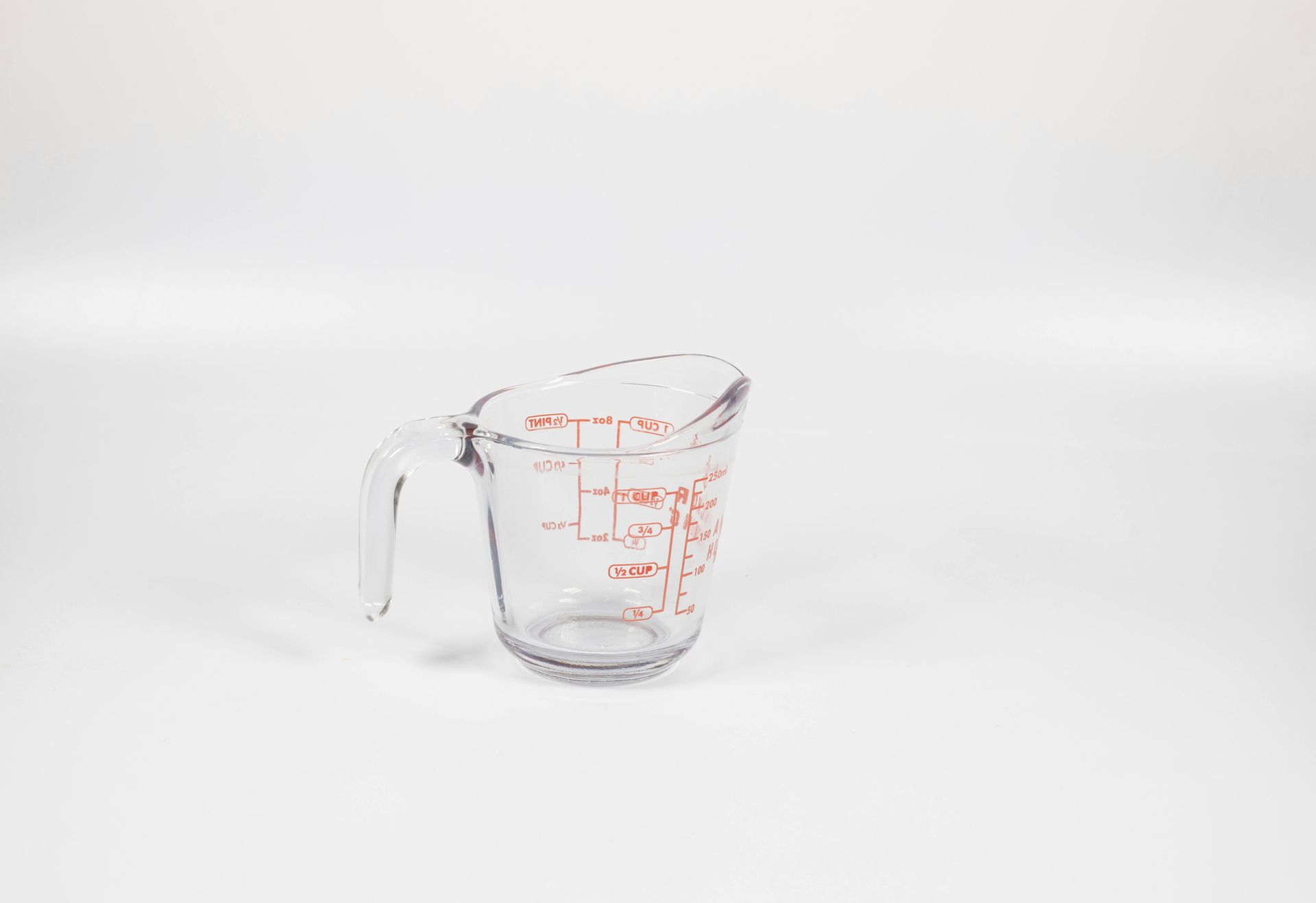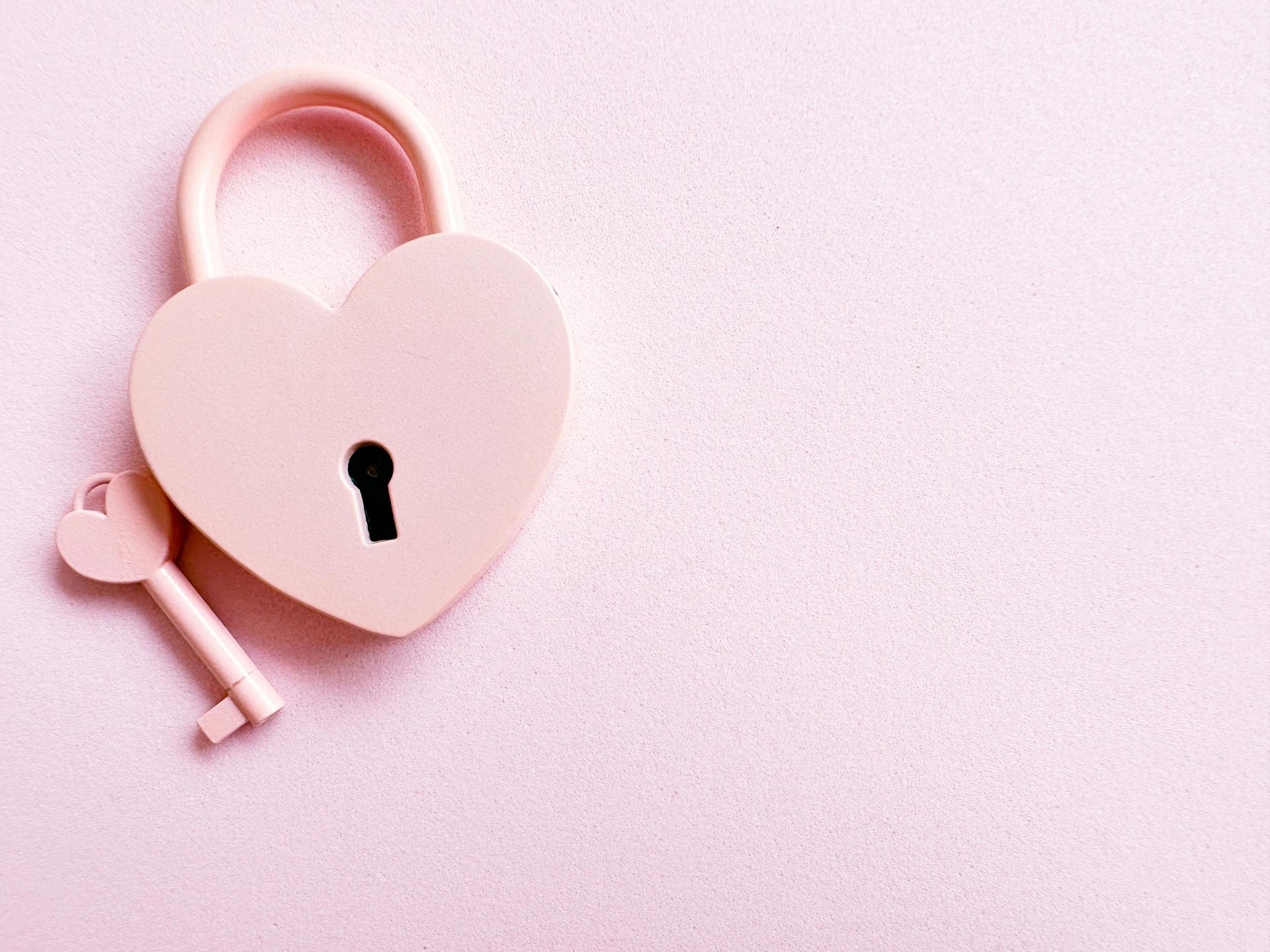RESOURCE: Bladder and bowel diary
Bladder Diary
A bladder diary is an essential tool for assessing urinary habits and identifying potential issues. When keeping a bladder diary, you should focus on several key elements. First, note the frequency of urination, which is the number of times you urinate in a 24-hour period. Next, record the volumesof urine produced each time you go, as well as the timings of urination throughout the day. It's also helpful to track your fluid intake, including the amount and type of fluids consumed. Additionally, assess the urge intensity you feel before urination and document any incontinence episodes, including involuntary leakage and the activities associated with these occurrences.
In terms of what is considered normal bladder function, most people urinate about 6 to 8 times per day and 0 to 1 time at night. The typical volume per void ranges from 300 to 600 ml, leading to a total daily output of about 1500 to 2000 ml. A fluid intake of approximately 1.5 to 2 liters per day is also common. Ideally, individuals should be able to hold their urine for at least 2 to 3 hours between voids.
Bowel Diary
Similarly, a bowel diary can provide valuable insights into digestive health. When tracking bowel habits, consider the frequency of bowel movements, which can range from three times a day to three times a week. The consistency of your stools is important as well; ideally, they should be classified as Type 3 or 4 on the Bristol Stool Chart, indicating smooth and soft sausage-like shapes. Additionally, bowel movements should be easy to pass without straining or pain.
Normal bowel function typically results in brown-colored stools, although variations based on diet are common. The duration of bowel movements should take no more than a few minutes.
Concerning Aspects Requiring Medical Attention
It's crucial to be aware of concerning aspects that may require medical attention. If you experience persistent changes in bowel habits lasting more than a few weeks, or if you notice blood in your stool—whether bright red or very dark/tarry—seek medical advice promptly. Other red flags include unexplained weight loss, severe abdominal pain, chronic diarrhea or constipation, narrow or pencil-thin stools, pale or clay-colored stools, and persistent bloating or fullness.
Consulting a doctor if any of these concerning symptoms occur is essential, as they could indicate serious underlying conditions that require prompt medical evaluation.
Bladder and Bowel Diary (Continence.nz)
Health Library
Learn - Pelvic health











